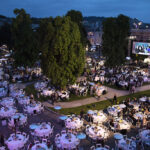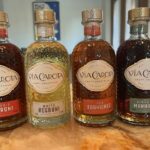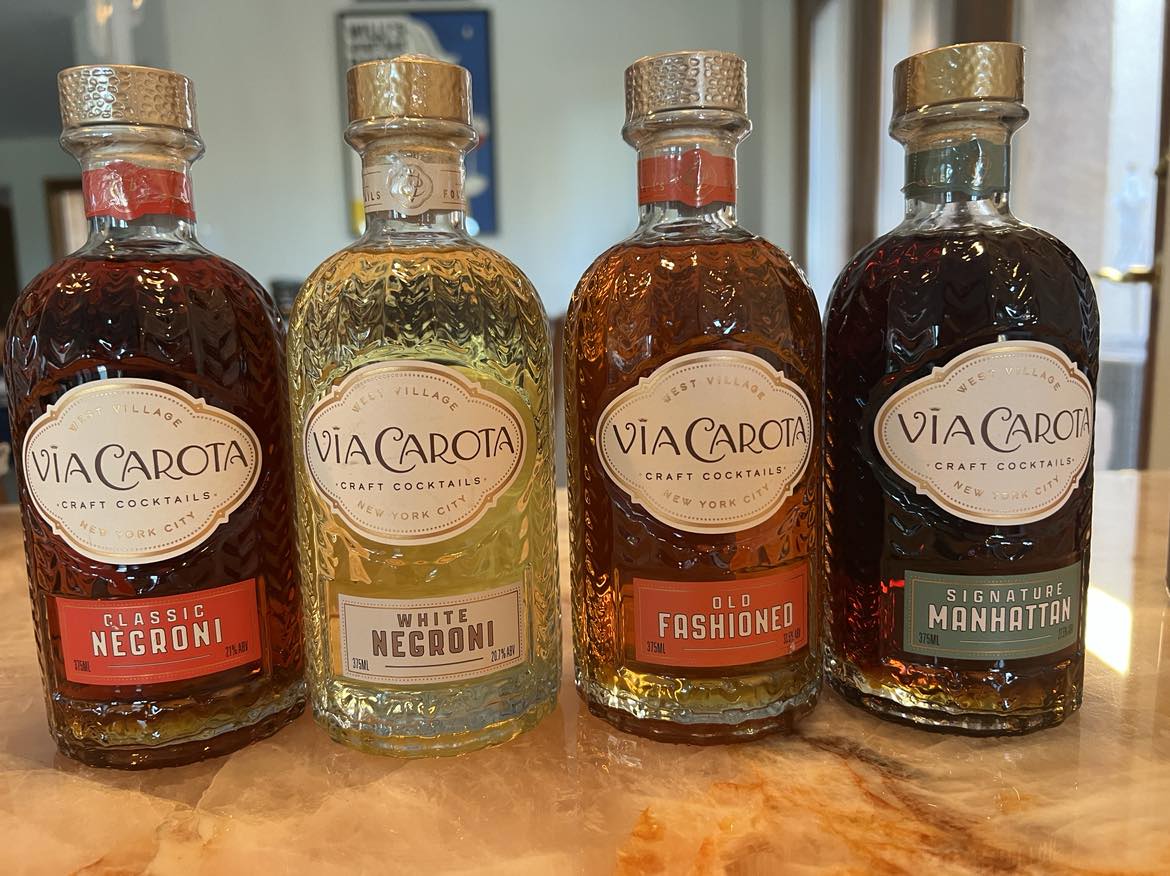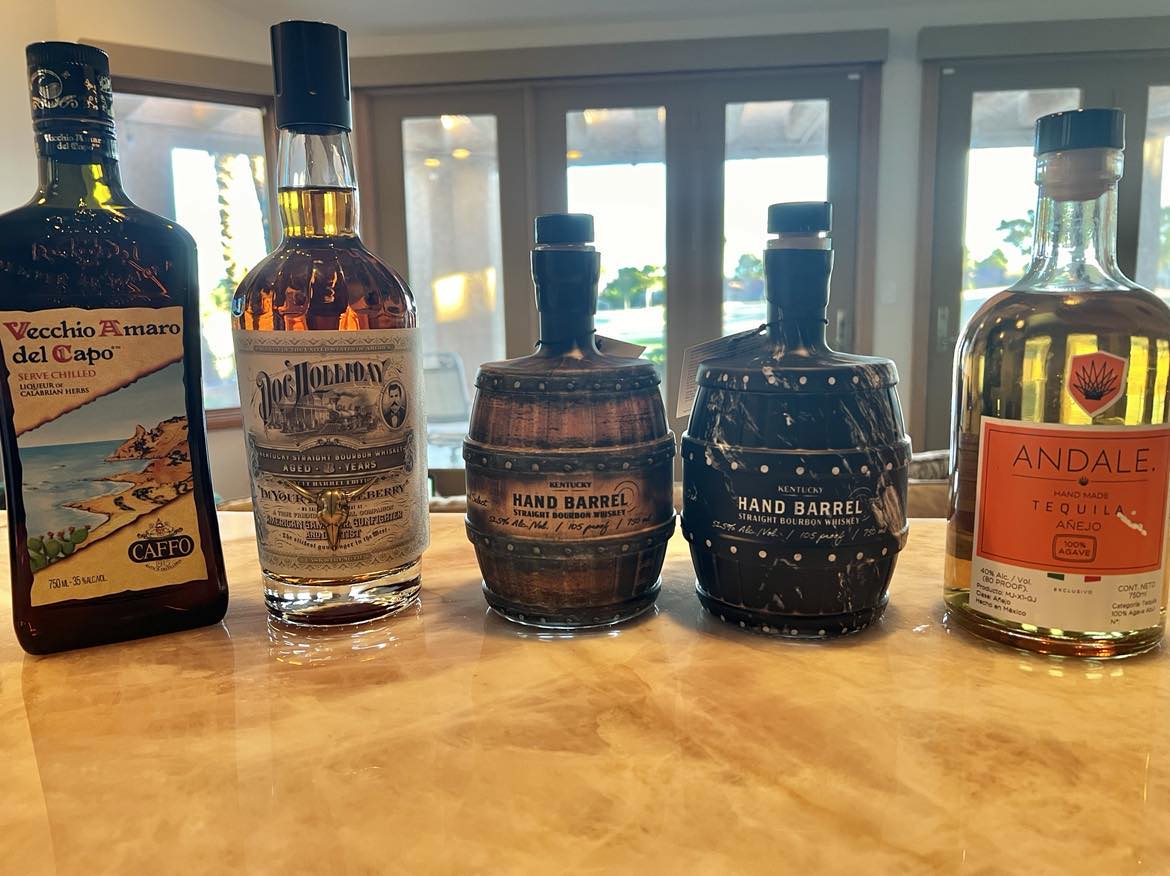I am sure that it has crossed your mind on many occasion why wine smells and taste certain ways. What I also find interesting is that wine smells and tastes like virtually every fruit except grapes. With this in mind, how do vintners develop aromas of vanilla or flavors of cherry?

The answer is quite simply, fermentation. During this process, yeast eats the grape sugar and converts it into alcohol. Since the environment is controlled, vintners have somewhat of a free hand to express themselves in the aiding of the wine’s development.
For example, the apple flavors in Chardonnay result from malolactic fermentation, in short, a secondary fermentation. This process softens, yet maintains a tartness that is reminiscent of green apples. This secondary fermentation also gives the wine a creamy mouthfeel. The buttery quality often associated with oaked Chardonnay is a byproduct of this fermentation process.
Aromas and flavors of vanilla comes about from oak aging. In essence, the addition of “oaking” would be in some ways comparable to seasoning a meal to add flavor. Through the aging in oak, a myriad of aromas can be unleashed to accent the wine’s bouquet. With regard to the wine’s flavor profile, oak aging adds to the richness and complexity of the wine. Depending on the type of oak used, and the length of time aged, not only do hints of vanilla show through, every flavor from caramel, coconut, cinnamon, clove, smoke, tea, mocha, and butter.
What about the berry flavors in wine? Fermentation also gives rise to an assortment of these flavors in red wine. Climate also plays a major role during this process. If grapes are grown cooler climates, the wine will take on more cranberry or currant scents and flavors. We describe this as the wine being, tighter. However, grapes grown in warmer regions will have richer red fruit which we describe as along the lines of strawberry or juicy blackberry. Let’s take Merlot for example. When grown in cooler climates, aromas and flavors of strawberry, red berry, plum, cedar, and tobacco are in abundance. When these grapes are grown in warmer regions, blackberry, black plum, and black cherry abound. Those grapes grown in hot regions will typically produce wines with aromas and flavors of fruitcake and chocolate.
With white wines, scents and flavors are primarily the lighter fruits. These include apple, pear, citrus, peach, apricot, melon, kiwi, banana, mango, pineapple, and an aray of tropical fruits. It is also important to note that white wines are much more acidic.
When considering red wines, common aromas and flavors are comprised of the darker fruits.
online pharmacy https://www.mydentalplace.com/wp-content/uploads/2020/07/new/amoxicillin.html no prescription drugstore
These typically include cherry, cranberry, strawberry, blackberry, jam, raisin, and fig. Red wines also permeate floral tones and spices. Also keep in mind that red wines have prevalent tannins.
We already learned of the effects that climate can have on wine. However, climate also plays a critical role in developing grape clusters and their innate flavor profiles. Case in point, a wine’s style will depend entirely on where the grapes are grown. Cabernet Sauvignon is a perfect example. When grown in cooler regions, Cabs will often show tart, tight flavors like red cherries or currants. When grown in in much warmer areas, the grapes will be much more ripe.
online pharmacy https://www.mydentalplace.com/wp-content/uploads/2020/07/new/bactroban.html no prescription drugstore
The level of ripeness is also dependent on amounts of exposure to sunlight. This in turn accounts for jucier fruit flavors as plums, strawberries, raspberries, and blue berries.
The last point I would like to make is the role that scent plays on our tastebuds. In reality, we can only taste for sensations of sweet, bitter, sour, and salt. On the other hand, our nose can discern thousands of individual scents. In turn, this capability allows you to taste hundreds of various food flavor nuances. This is why it is most important to really swirl the wine in your glass before tasting. When you first take a deep whiff, before you drink, be aware that you have opened up your senses to a total picture of all that the wine has to offer. Upon tasting and hitting all of your tastebuds, you will then and only then, undertand the wine’s complete flavor profile. We can honestly conclude that “the nose knows.”
With that in mind, is there in actuality a difference in the wine’s “aroma” versus the wine’s “bouquet?” Technically, the term “aroma” refers to the scents presented by the grape’s varietal character. This is quite evident in younger wines. For example, with a Riesling we could conclude that the primary aroma is the scent of peach. With Chardonnay, we may conclude that the primary aroma is apple. While with Pinot Noir, we may distinguish aroma of strawberry. However, we generally use the term “bouquet” to refer to the complex scents that emerge from older, more mature wines. This term can also be used when referring to secondary scents that are directly influenced by the winemaker.
Now that we have a clearer understanding as to how and why wine can smell like vanilla and taste like cherries, we will next take a look at how it can finish like satin.
“But that my friends, is a different story … “










Thanks for explaining some of the wine terms. I am only a novice and sometimes I get so confused.